The Ultimate Guide To Plant Based Milks And How They Foam

In recent years, the milk aisle and the counters of your favorite coffee shops have transformed dramatically, offering a kaleidoscope of alternatives to traditional dairy milk. Oat, almond, hemp—these are just a few of the options now available, each boasting its unique profile and promise of a different coffee experience.
But beyond their health and environmental benefits, have you ever wondered how each of these alternatives affects the flavor and texture of your beloved coffee? The differences go beyond just taste: they extend to the very heart of your coffee’s character—its body, creaminess and even the artful foam atop your cappuccino.
This guide is set to demystify the world of milk options, both dairy and non-dairy, to help you understand the nuances of how they foam, the distinct flavors they impart and their overall impact on your coffee.
Hungry for more? We’ve got everything you need for that perfect cup o’ joe—from espresso machines and automatic coffee makers to kettles and frothers.
Factors affecting foaming ability
When it comes to crafting the perfect frothy beverage, not all milks are created equal.
The ability of milk to foam—creating that delightful, airy texture atop your espresso or latte—depends on several key factors. Understanding these can help you choose the right milk for your coffee, ensuring the texture and foam quality are just to your liking.
Protein content
Protein is the star player in the foaming game. It’s responsible for stabilizing the air bubbles that form the foam.
When milk is frothed, the proteins unfold and rearrange themselves around the air bubbles, preventing them from popping and creating a stable foam. Milks with a higher protein content, such as soy and pea milk, generally produce a firmer and more durable foam. In contrast, milks with a lower protein content might struggle to hold the foam as well.
Fat content
Fat plays a dual role in foaming: It enriches the flavor and texture of the foam, but can also weigh it down, making it harder to achieve that light, airy quality.
High-fat milks can create a creamy, rich foam, but they might not achieve the volume or stability of lower-fat alternatives. This is why baristas often prefer skim milk for dairy-based foams; it strikes a good balance between foamability and texture.
Temperature
Temperature significantly influences the foaming process.
Cold milk generally foams better because the proteins are in a more stable state and can more easily encapsulate air. However, if the milk is too cold, it can take longer to foam. Conversely, milk that’s too warm may not foam as well because the proteins have begun to break down. Finding the sweet spot, usually between 140°F and 158°F, is key to achieving perfect foam.
Sugar content
While not as crucial as protein or fat, the sugar content in milk can affect both the taste and the stability of the foam. Natural sugars can help to stabilize the foam slightly, but added sugars or sweeteners can make the milk more viscous, impacting how air bubbles form and persist.
Milk alternative ingredients
For non-dairy milks, ingredients such as emulsifiers and stabilizers can impact foaming ability. These additives can help non-dairy milks to better mimic the foaming characteristics of dairy milk.
The composition and concentration of these ingredients vary widely among brands, leading to significant differences in foaming performance—even within the same type of milk alternative.
Flavors and foaming characteristics of milk options
The flavor profile and foaming capabilities of milk and milk alternatives can vary dramatically, affecting the overall sensory experience of your coffee. Here’s a closer look at some popular milk options—highlighting both their taste and how well they foam—to help you make an informed choice for your next brew.
Dairy milk
- Flavor: Dairy milk has a naturally sweet and creamy taste, with a richness that varies by fat content.
- Foaming: Whole milk offers a balanced foam that’s both creamy and stable, thanks to its ideal combination of fats and proteins. Skim milk, on the other hand, foams excellently due to its higher protein-to-fat ratio, producing a stiffer and more voluminous foam.
Almond milk
- Flavor: Almond milk has a slightly sweet, nutty flavor that can range from mild to robust, depending on the brand and concentration.
- Foaming: Generally, almond milk foams moderately well, though the foam might not be as rich or as stable as dairy milk. The key is finding a brand that includes emulsifiers or one specifically formulated for baristas, which tend to foam better.
Soy milk
- Flavor: Soy milk offers a creamy, slightly bean-like taste that some people find resembles dairy milk more closely than other alternatives.
- Foaming: With a high protein content, soy milk is known for producing a rich and lasting foam, making it a favorite among baristas for latte art.
Oat milk
- Flavor: Oat milk is known for its naturally sweet and slightly earthy flavor, with a creamy texture that closely mimics that of whole dairy milk.
- Foaming: Oat milk foams exceptionally well, producing a smooth, creamy foam that holds up nicely in coffee drinks. Its popularity in coffee shops is partly due to its excellent foaming capabilities and appealing taste.
Coconut milk
- Flavor: Coconut milk has a distinct, tropical flavor that’s both sweet and slightly nutty. It can add an exotic twist to coffee drinks.
- Foaming: Foaming coconut milk can be challenging due to its high fat and low protein content. However, some barista blends are designed to foam better, making them more suitable for coffee applications.
Hemp milk
- Flavor: Hemp milk features a creamy, nutty flavor with a slight earthiness. It’s less sweet than some other alternatives.
- Foaming: While not the best foamer, hemp milk can still produce a decent foam. Its performance improves significantly with brands that are fortified or designed for coffee use.
Pea milk
- Flavor: Pea milk is one of the newer alternatives, offering a neutral to slightly sweet flavor that’s surprisingly less “pea-like” than expected.
- Foaming: Thanks to its high protein content, pea milk foams well, creating a stable and creamy foam that’s comparable to dairy milk.
Choosing the right milk for your coffee
When selecting milk for your coffee, consider both the flavor it will impart and how well it will foam. While dairy milk has long been the standard for its reliable taste and foaming ability, non-dairy alternatives have made significant strides in both areas.
Brands often offer “barista” or “professional” versions of almond, soy, oat and other milks, which are formulated to foam more effectively and integrate seamlessly into coffee drinks.
Tips for foaming non-dairy milks
Mastering the art of foaming non-dairy milks can elevate your coffee experience, allowing you to enjoy your favorite plant-based alternatives with the rich, creamy texture you love. Here are some expert tips on equipment, technique and temperature to help you achieve perfect foam every time.
Equipment
- Frothers: Electric frothers are ideal for home use, offering convenience and consistency. Look for models with adjustable settings to accommodate different types of non-dairy milks.
- Steam wands: For a more professional approach, steam wands on espresso machines provide superior control over the foaming process. A wand with multiple steam holes can create a smoother, finer foam.
- Manual frothers: Handheld or pump-action manual frothers can also produce excellent foam, though they require a bit more effort and skill.
Technique
- Angle: Position the steam wand or frother at a slight angle when inserted into the milk to encourage a swirling motion. This helps incorporate air evenly and creates a smoother foam.
- Depth: Start with the tip of the wand just below the surface to introduce air and create bubbles. Then, submerge it slightly deeper to warm the milk and continue building the foam’s structure.
- Motion: Keep the milk moving by adjusting the position of the container or the wand. Creating a whirlpool effect helps break larger bubbles into a fine, silky foam.
Temperature
Non-dairy milks often foam best at slightly lower temperatures than dairy milk. Aim for around 131°F to 149°F, but be aware that overheating can lead to separation and a burnt taste.
Specific tips for non-dairy milks:
- Almond milk: This milk heats up more rapidly than others, necessitating vigilant monitoring during heating to prevent it from overheating and affecting its delicate taste and texture.
- Soy milk: A bit more robust, soy milk can endure higher temperatures better than many non-dairy alternatives, making it easier to work with for those accustomed to dairy milk’s behavior. It’s a good choice for creating a rich, creamy foam without as much risk of separation.
- Oat milk: Oat milk is best kept toward the cooler end of the suggested temperature spectrum to preserve its inherent sweetness and avoid the texture becoming overly thick or slimy.
- Coconut milk: Due to its higher fat content, coconut milk should be heated gently to avoid separation. It’s sensitive to high heat, so careful temperature control is crucial.
Remember, the ideal conditions for foaming can vary between brands and even batches. It’s worth experimenting with your equipment and technique to find the perfect approach for your favorite non-dairy milk. With a little practice, you’ll be able to create beautiful, barista-quality foam at home, adding a luxurious touch to your coffee, latte or cappuccino.
Hungry for more? We’ve got everything you need for that perfect cup o’ joe—from espresso machines and automatic coffee makers to kettles and frothers.

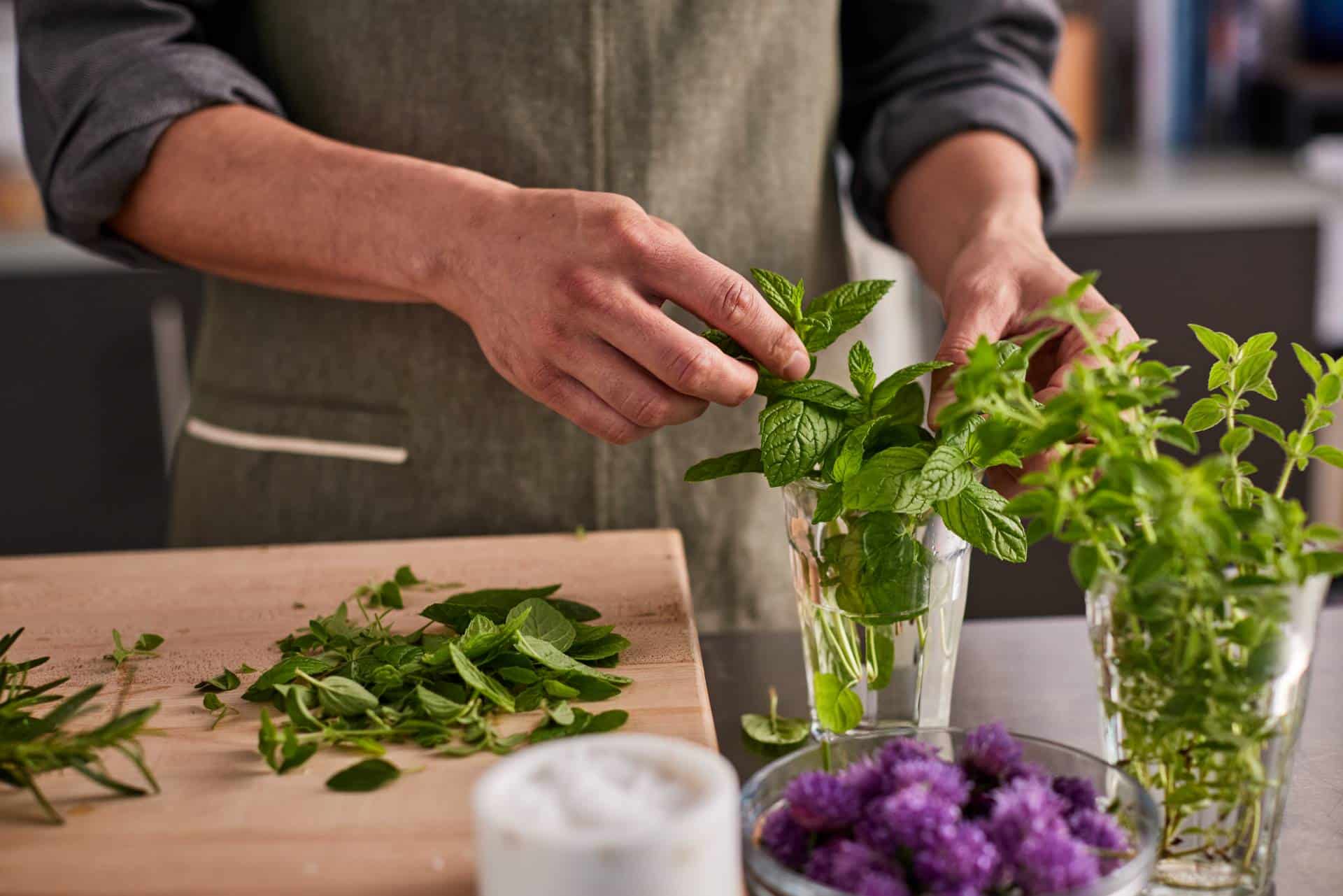

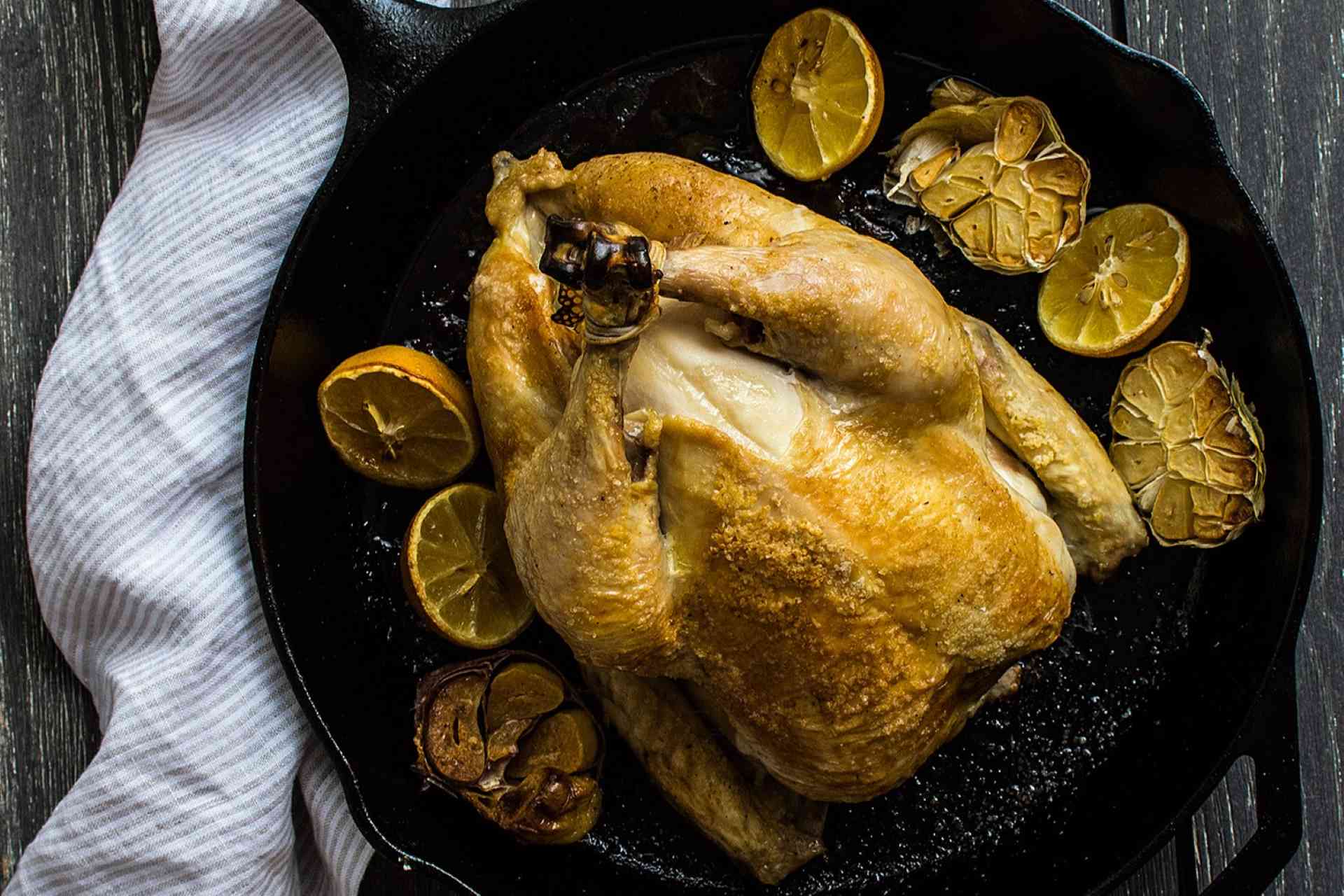
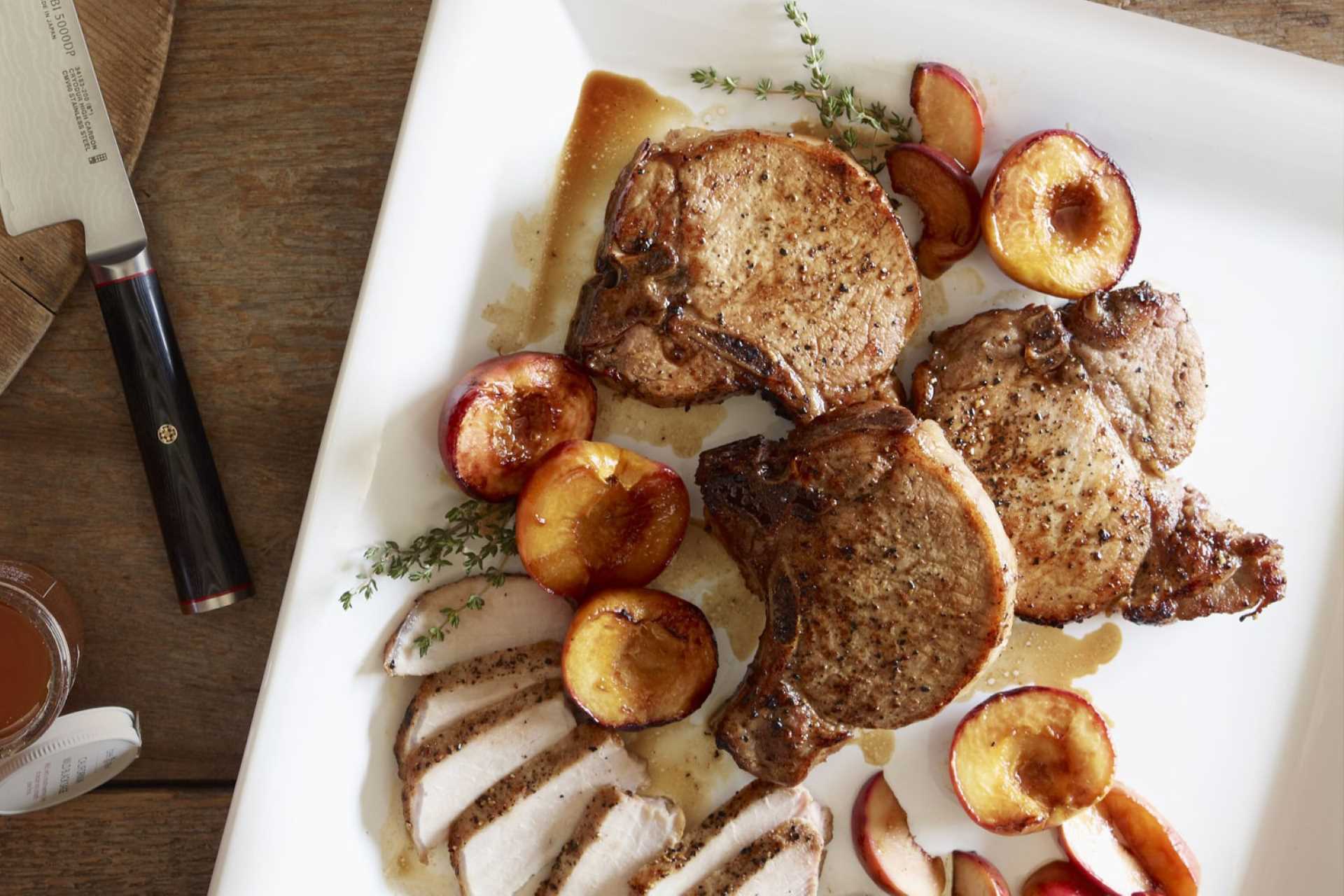


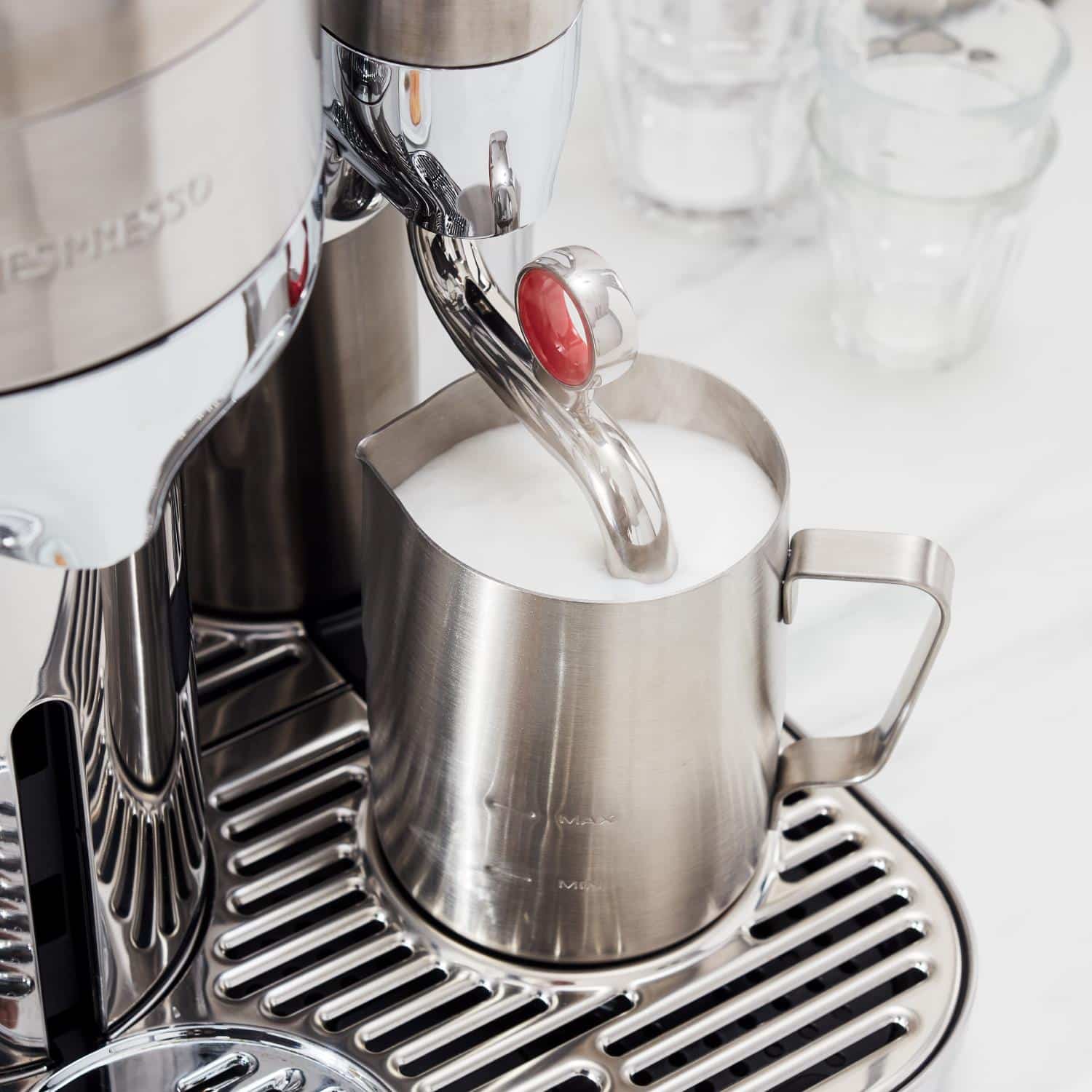
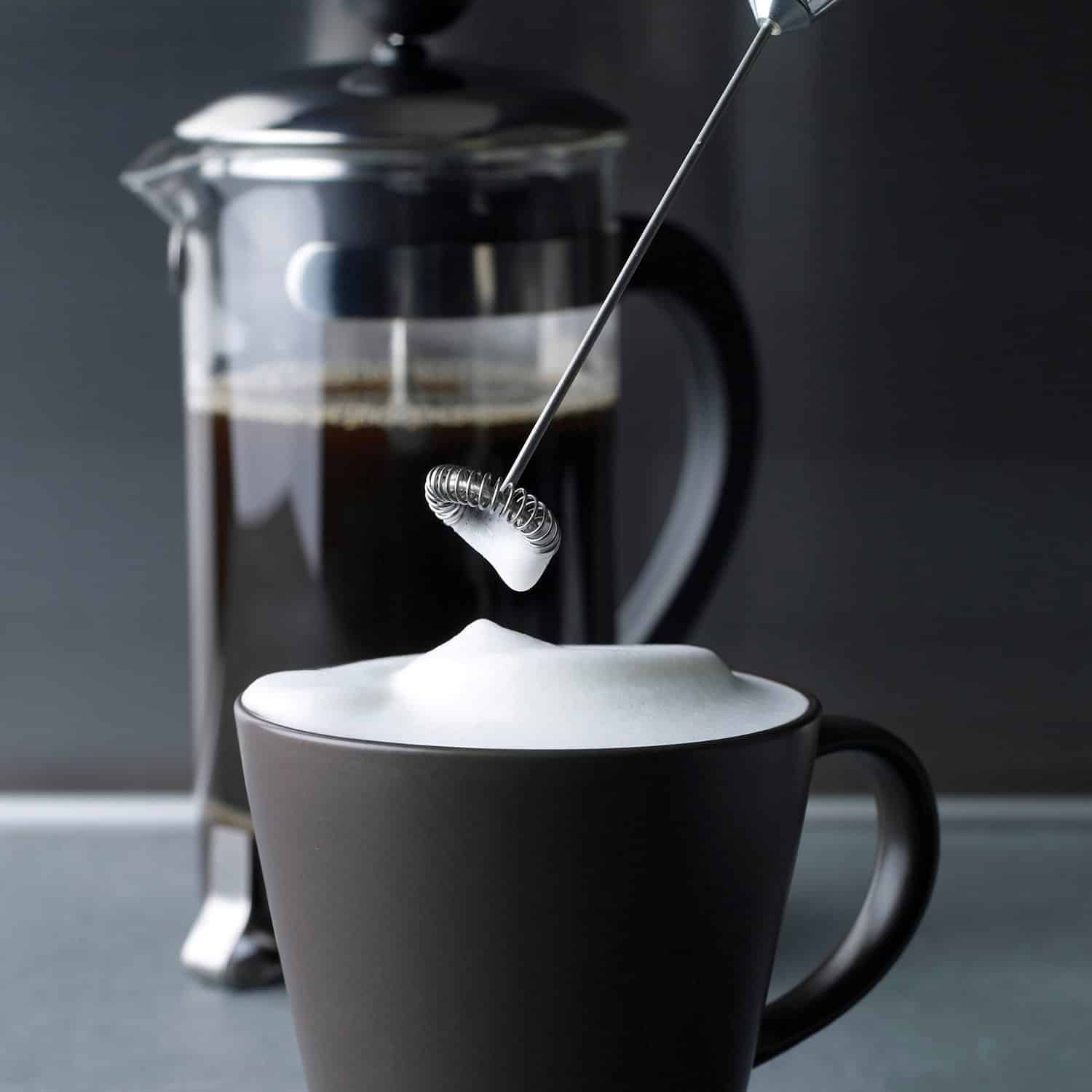

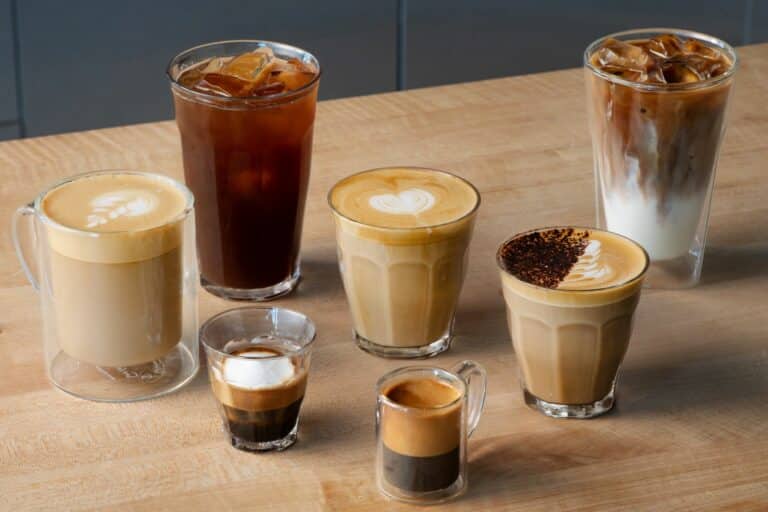
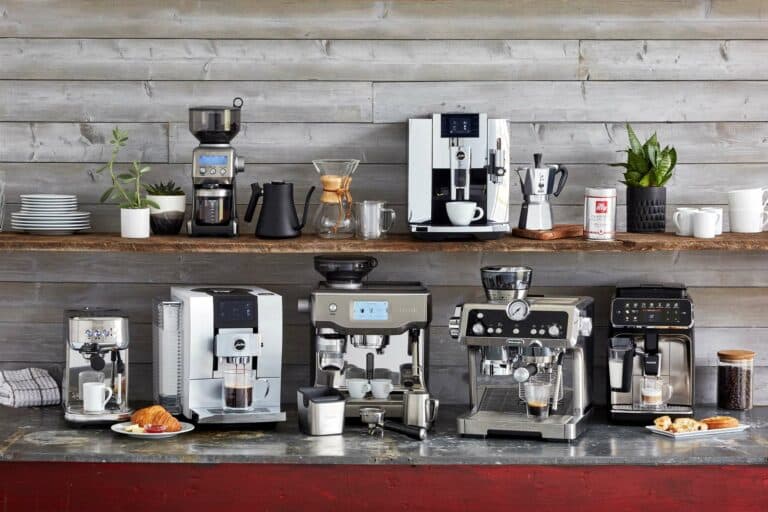
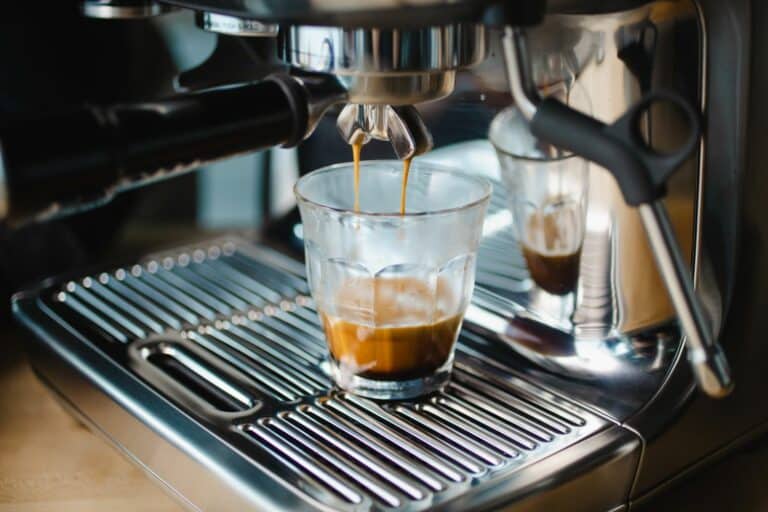
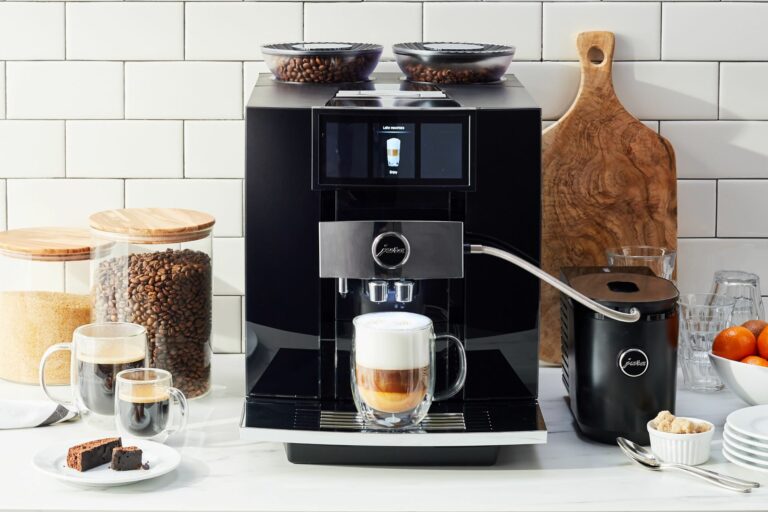


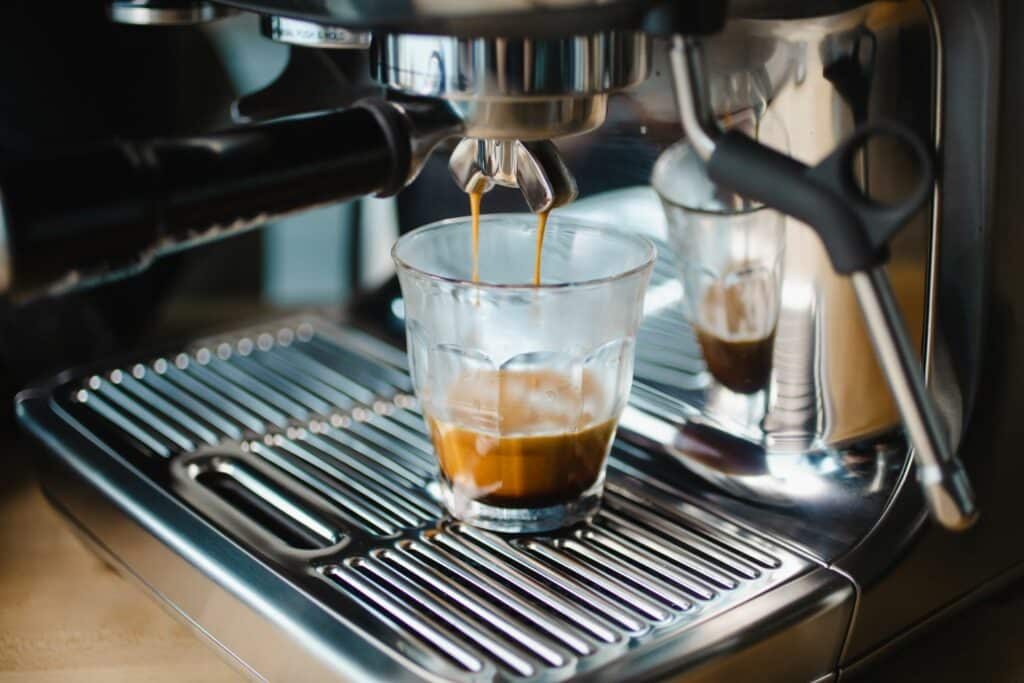
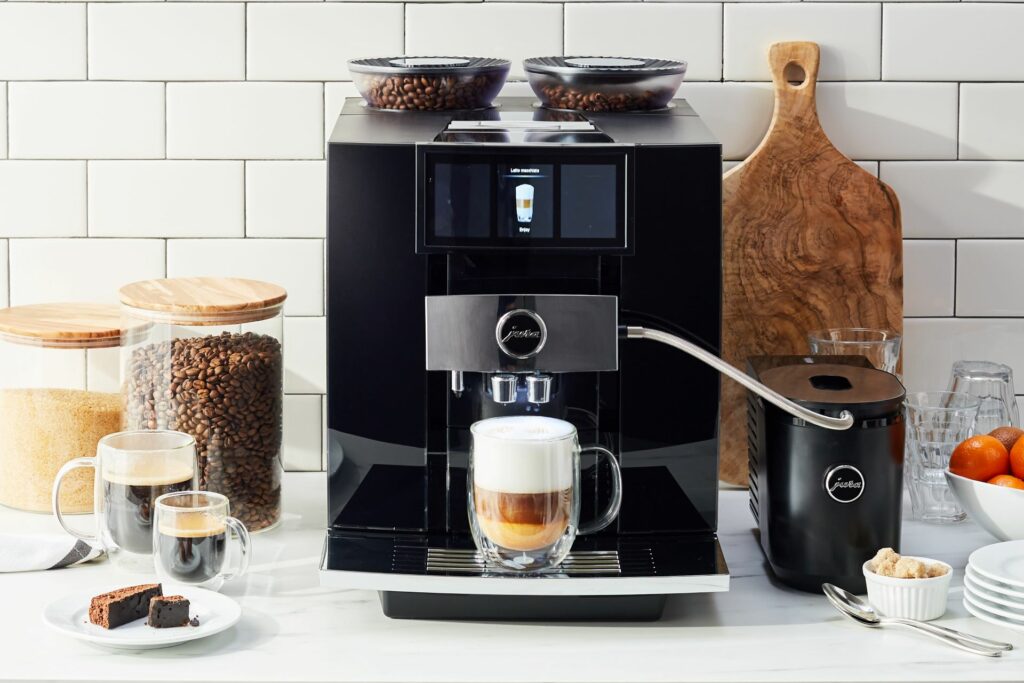
JOIN THE CONVERSATION